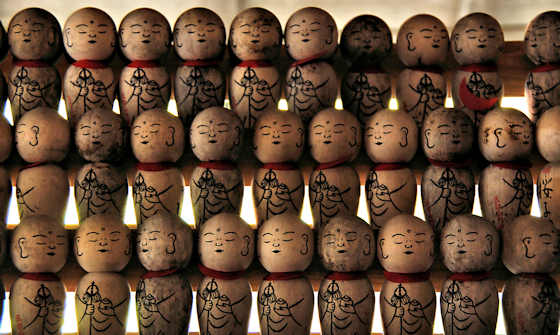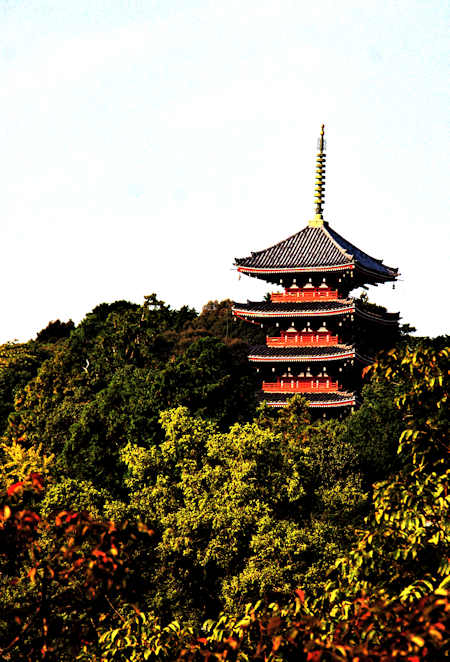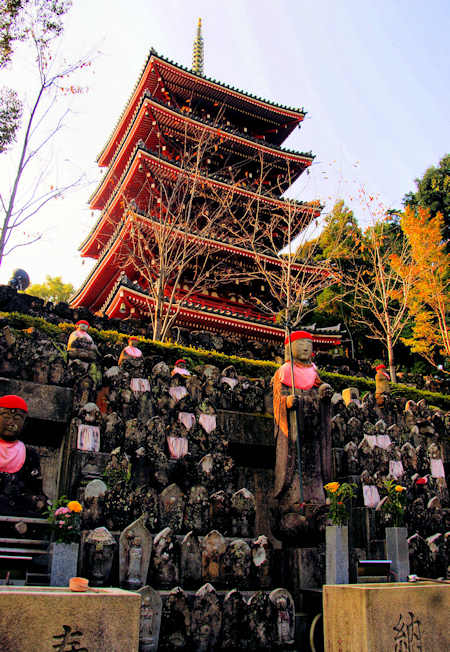Misasa in Tottori is a famous hot spring resort in the middle of the prefecture not too far from Kurayoshi. Several bridges over the river are symbols of the area, and opoen air pools under the bridges contain the highest level of radon for any hot springs in the world.
Mount Kasayama is a small, 100 meter high volcano just along the coast from Hagi in Yamaguchi. It is known for its "forest" of camelias. At the base is a small pond with a bridge leading over to an Itsukushima Shrine.
The Ichinosaka River runs through the middle of Yamaguchi City, but I have no idea which particular bridge this is or its significance.
Tabuse on the south coast of Yamaguchi has this bridge named Sakura Bashi, cherry bridge, for its famous promenade lined with cherry trees. In the middle of this modern bridge are a pair of tall steel sculptures, symbols of the sakura festival.
A little further down the coast is the town of Obatake where the Oshima Bridge connects to Suo Oshima, the third largest island in the Inland Sea.























































